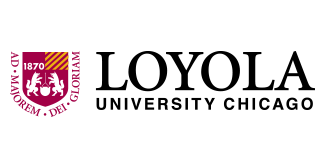Document Type
Article
Publication Date
4-19-2022
Publication Title
Journal of Data Science
Volume
20
Issue
2
Pages
156-167
Publisher Name
Renmin University of China
Publisher Location
Beijing, China
Abstract
Sport climbing, which made its Olympic debut at the 2020 Summer Games, generally consists of three separate disciplines: speed climbing, bouldering, and lead climbing. However, the International Olympic Committee (IOC) only allowed one set of medals each for men and women in sport climbing. As a result, the governing body of sport climbing, rather than choosing only one of the three disciplines to include in the Olympics, decided to create a competition combining all three disciplines. In order to determine a winner, a combined scoring system was created using the product of the ranks across the three disciplines to determine an overall score for each climber. In this work, the rank-product scoring system of sport climbing is evaluated through simulation to investigate its general features, specifically, the advancement probabilities and scores for climbers given certain placements. Additionally, analyses of historical climbing contest results are presented and real examples of violations of the independence of irrelevant alternatives are illustrated. Finally, this work finds evidence that the current competition format is putting speed climbers at a disadvantage.
Recommended Citation
Nguyen, Quang; Butler, Hannah; and Matthews, Gregory J.. An Examination of Olympic Sport Climbing Competition Format and Scoring System. Journal of Data Science, 20, 2: 156-167, 2022. Retrieved from Loyola eCommons, Mathematics and Statistics: Faculty Publications and Other Works, http://dx.doi.org/10.6339/22-JDS1042
Creative Commons License

This work is licensed under a Creative Commons Attribution 4.0 International License.
Copyright Statement
© The Authors, 2022.



Comments
Author Posting © The Authors, 2022. This article is licensed under a Creative Commons Attribution 4.0 International License, which permits use, sharing, adaptation, distribution and reproduction in any medium or format, as long as you give appropriate credit to the original author(s) and the source, provide a link to the Creative Commons license, and indicate if changes were made. The images or other third party material in this article are included in the article’s Creative Commons license, unless indicated otherwise in a credit line to the material. If material is not included in the article’s Creative Commons license and your intended use is not permitted by statutory regulation or exceeds the permitted use, you will need to obtain permission directly from the copyright holder. The article was published in the Journal of Data Science, Volume 20, Issue 2, pp. 156-167 April 2022, https://doi.org/10.6339/22-JDS1042.